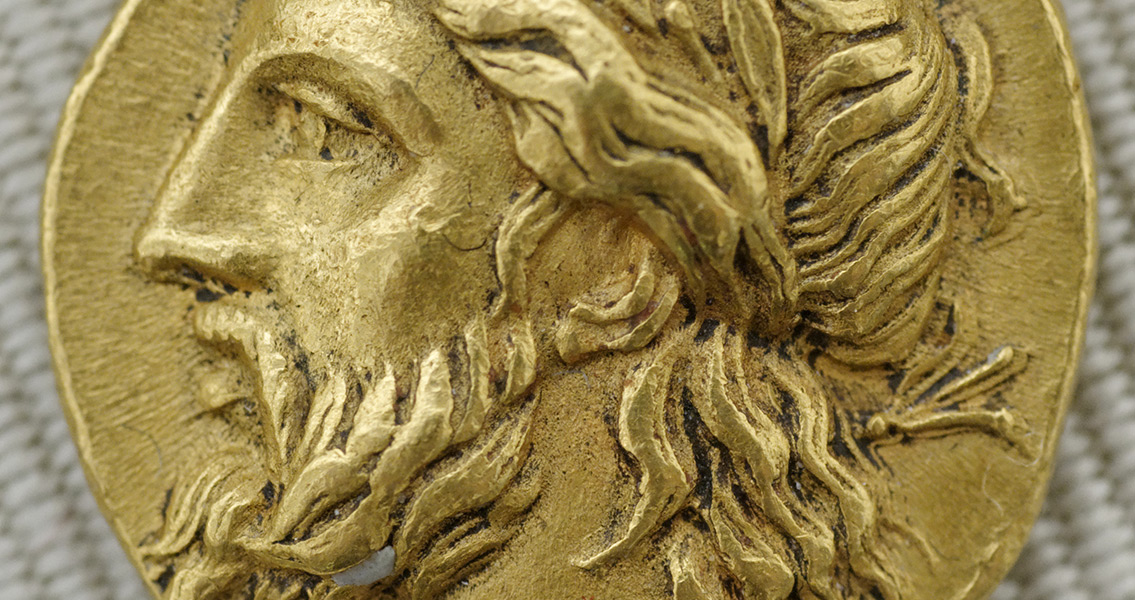<![CDATA[The culture ministry of Greece announced recently that a team of Greek and American researchers have discovered the 3,000-year-old skeletal remains of a teenager on Mount Lykaion, at a site where animal sacrifices were known to have happened, leading archaeologists to believe that one of the bleakest legends of ancient times may have been confirmed. “Much later, sources talk about human sacrifices taking place on Lykaion,” the head of a local archaeological firm, Anna Karapanagiotou, told a local radio station. “All this will be studied.” Mount Lykaion was connected with human sacrifice by numerous ancient writers, such as Plato, and although it’s too early to guess how the teenager died, the location could certainly be seen as a connection. Up until now, most studies regarding the sacrifice of humans in ancient Greece have concluded that it was most likely fiction. While the ancient Romans, Israelites, and Egyptians did engage in human sacrifice in connection with religious rites, modern archaeologists believe the practice was uncommon among the Greeks. Some archaeologists remain skeptical, and question if the location of the find might have influenced the conclusion. Professor of Greek Archaeology with the University of Arizona, David Gilman Romano, who was part of the team that performed the excavations on Mount Lykaion, said in The Guardian that classical writers had linked the remote location with human sacrifice. Legends say a young boy would be sacrificed along with animals, followed by the human and animal meat being cooked and then eaten. “Several ancient written sources refer to the rumors of human sacrifice taking place at the altar [of Zeus, located on the mountain’s southern peak] but up until a few weeks ago there has been no trace whatsoever of human bones discovered at the site,” Romano is quoted as saying. “Whether it’s a sacrifice or not, this is a sacrificial altar ... so it’s not a place where you would bury an individual, it’s not a cemetery.” The upper section of the teenager’s skull is missing, and the body was placed between two lines of rocks laid east-to-west, with the pelvis covered with stone slabs. The possibility of human sacrifice being practiced in ancient Greece is so intriguing because it’s such a contradiction when Greece is so often seen as the “cradle of civilization” and the “birthplace of philosophy”. The mountaintop is located in the Peloponnese region, and is the oldest site known where Zeus was worshiped. It was a site of slaughter, even without human sacrifice. From the sixteenth century BCE, at least, until approximately 300 BCE; animals by the tens of thousands were killed there in Zeus’s honor. The god of the sky and thunder, Zeus later became the leader of the classic Greek pantheon. Pottery that was found along with the human remains dates back to the eleventh century BCE, towards the end of the Mycenaean era, the heroes of which have been immortalized in Greek mythology as well as Homer’s epics. To date, approximately 7% of the Lykaion alter has been excavated. ]]>
Has Evidence of Human Sacrifice in Ancient Greece Been Found?
